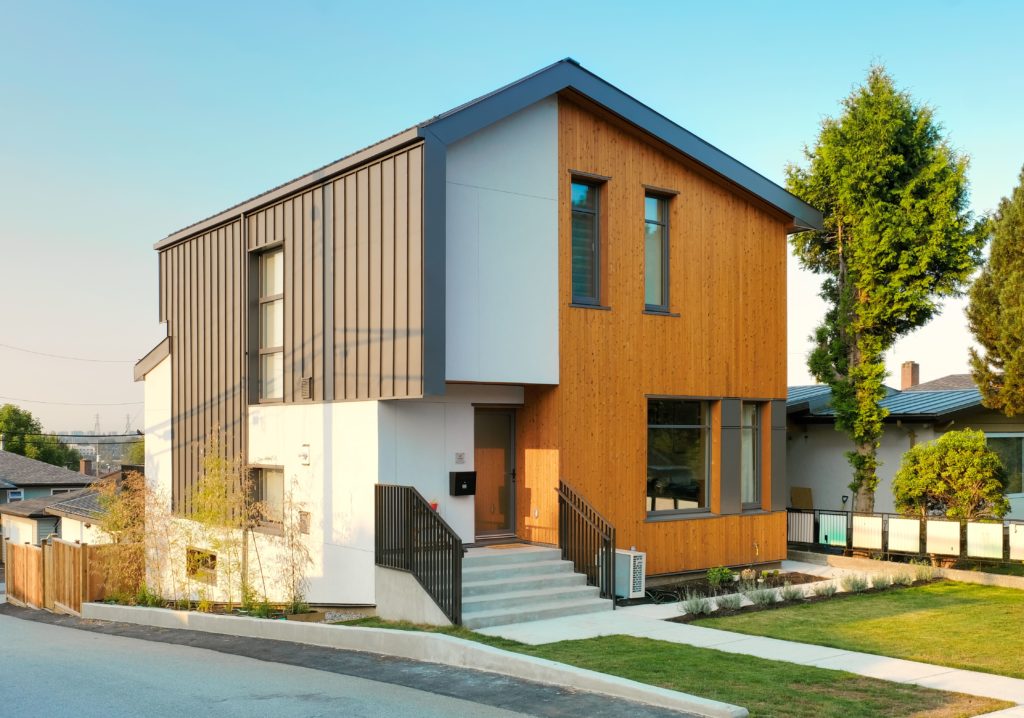As the world moves towards more sustainable living, passive buildings are gaining popularity. However, there are several misconceptions about this type of construction. This guide aims to debunk these misconceptions and provide accurate information.
Before we delve into the myths and facts, it’s important to understand what a passive building is. A passive building is a rigorous, voluntary standard for energy efficiency in a building, which reduces the building’s ecological footprint. It results in ultra-low energy buildings that require little energy for space heating or cooling. You can learn more about the passive house envelope components in our previous article.
Debunking Passive Building Myths
There are several myths associated with passive buildings that often deter people from considering them. This section aims to debunk these myths and provide a clearer understanding of passive buildings.
Myth 1: Passive Buildings are Expensive
While the upfront cost of building a passive house may be higher than a conventional one, the long-term savings on energy bills make it a cost-effective option. Furthermore, the comfort and health benefits that come with living in a passive house are priceless.
Myth 2: Passive Buildings are Dark and Unventilated
This is far from the truth. Passive buildings are designed to maximize natural light and ventilation. They are equipped with high-performance windows and a ventilation system that ensures fresh air circulation without causing heat loss.
Understanding Passive Building Facts
Now that we’ve debunked some common myths, let’s look at some facts about passive buildings.
Fact 1: Passive Buildings are Energy Efficient
Passive buildings are designed to be highly energy-efficient. They require up to 90% less heating and cooling energy than conventional buildings. This is achieved through features like super-insulation, airtight construction, and heat recovery ventilation.
Fact 2: Passive Buildings are Comfortable
Thanks to their design and construction, passive buildings provide a consistently comfortable indoor environment. They maintain a steady temperature and humidity level throughout the year, and the high-quality windows minimize noise pollution.
To learn more about passive building design principles, you can visit this descriptive anchor text.
As you can see, passive buildings offer numerous benefits and are an excellent choice for sustainable living. If you’re interested in learning more about this topic, you can prove with solar monitoring or discover facts about solar living.






